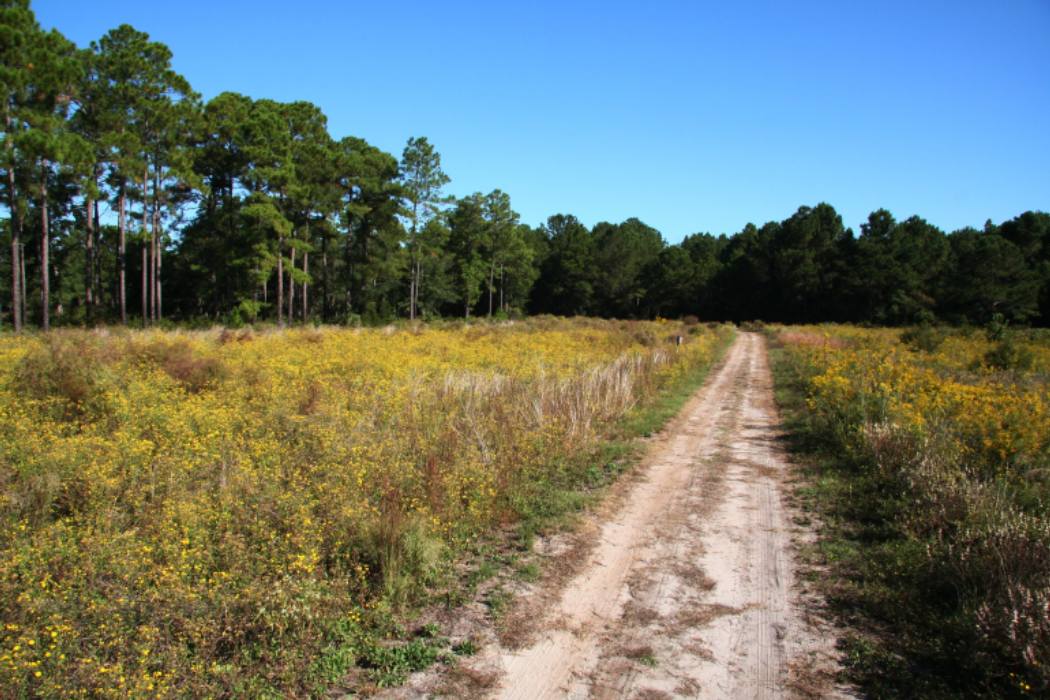Managing Natural Areas
Succession, a fundamental ecological concept, refers to the predictable changes that occur in a habitat over time. Throughout the successional process, plant species come and go. When a field is plowed and then abandoned for 100 years, a predictable series of habitat stages occurs. First, herbaceous weedy species appear, such as dog fennel, broomsedge and goldenrod, followed a few years later by shrubs such as wax myrtles and yaupon holly. Within five to six years sapling trees, such as loblolly pines, sweetgums and live oaks, begin to populate the field, eventually shading out low-growing herbaceous plants and shrubs. After 50 years, mature pines begin dying because of lightning strikes or beetle infestations. Then the understory hardwood saplings grow up quickly to fill in the gaps. A century after the field is abandoned, it becomes a mature mixed hardwood-pine forest.

The wildlife community changes along with the plant species. For example, bluebirds and other early successional species prefer recently abandoned fields, but forest-dwelling birds replace them when trees dominate.
The forests, fields and wildlife are adapted to change because the Coastal Plain of South Carolina evolved with frequent disturbances through fires and hurricanes. Biodiversity is typically higher in areas that are periodically disturbed because it maintains a mosaic of different habitats. A variety of habitat management techniques manipulate the successional process.

The mission of the Spring Island Trust is to preserve and protect Spring Island’s environment and cultural history, providing education, expertise, and leadership in the conservation of natural resources throughout the Lowcountry.
Copyright © Spring Island Trust
40 Mobley Oaks Ln. · Okatie, SC 29909 · 843-987-7008
Site by Sans Sheriff Studio
